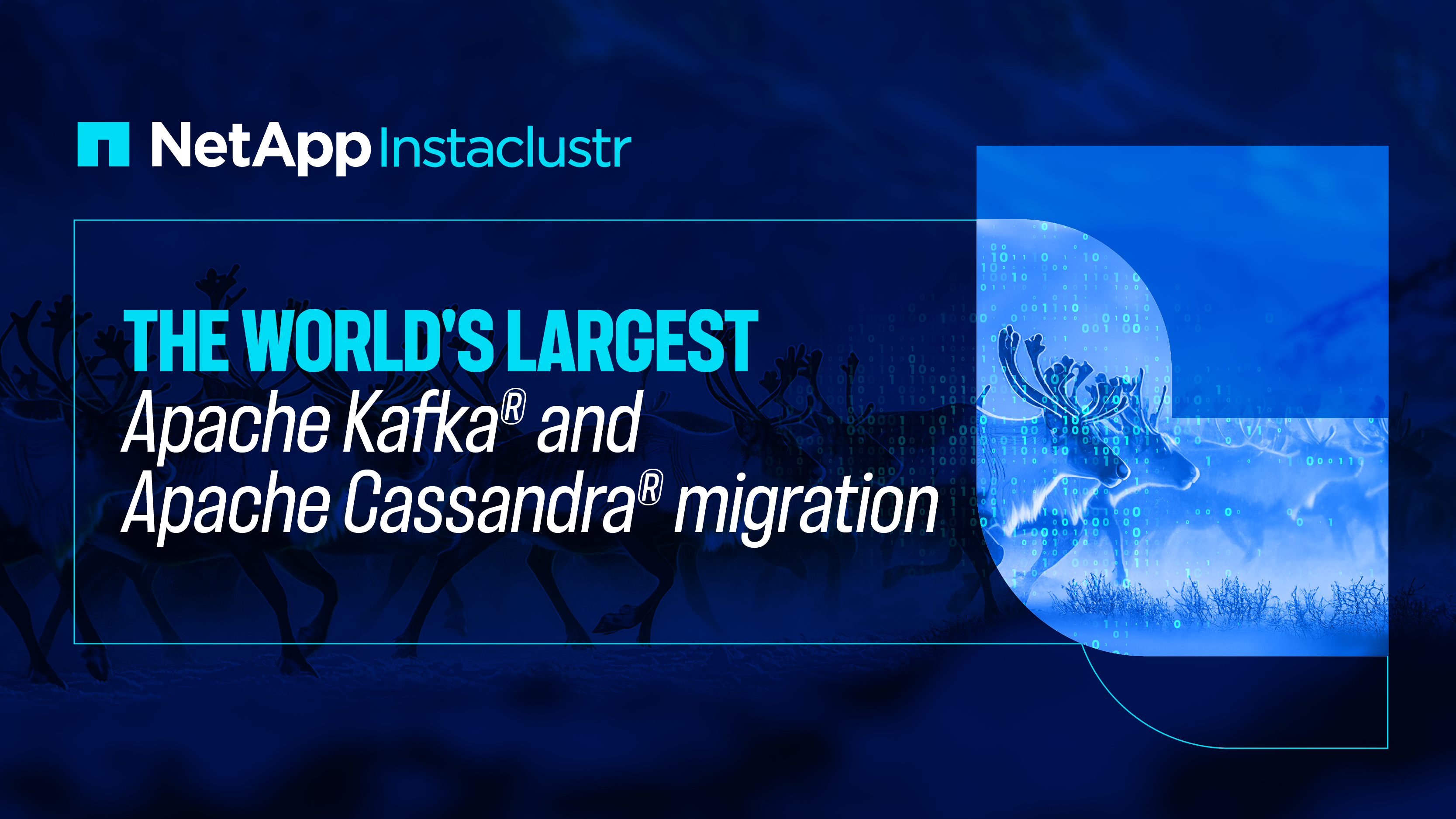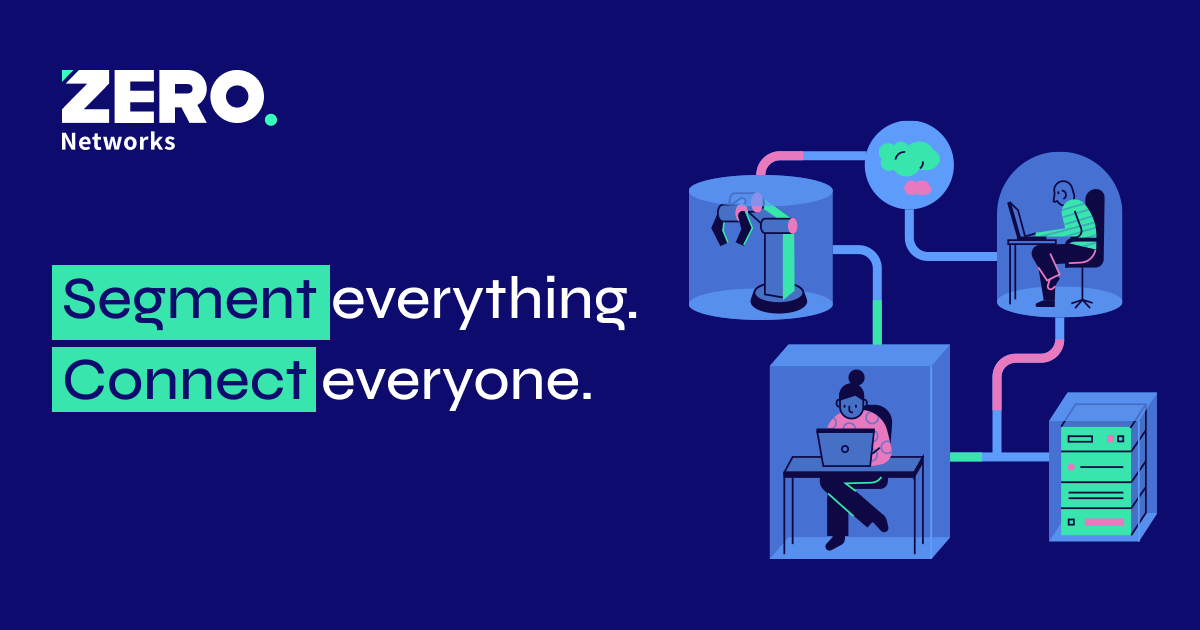Consolidation: How Security Platforms Reduce Implementation Time and Supercharge Risk Posture
Cybersecurity is one of the most complex landscapes organizations must navigate, with each new threat leading to more implementation, operation, and management complexity.
This is especially true for organizations that take a point product approach to their security. Imple- menting new security measures properly takes time and expertise. Every new tool must be installed, tested, and validated, and then employees must be trained to leverage them well.
But as organizations plan for a post-pandemic and digitally accelerated era, many CISOs across multi- ple industries strive for IT simplicity—with a focus on reducing their security vendor blueprint as part of their annual KPIs. In other words, fewer tools and vendors.

Implementation, in particular, has always been top of mind for successful cybersecurity programs because of the time, expense, personnel, and expertise often required to not only implement individual point products but to stitch them together to avoid security gaps while also eliminating redundancies.
In the event of a serious incident, SOC analysts typically confess to switching between multiple vendor consoles and event types in order to decipher alerts. Organizations and teams need a better approach so they’re not either continually exposed or overworked by the alerts created by overlap.
How Do Cybersecurity Platforms Simplify Implementation?
By definition, a platform is the culmination of integrated points working as one system, such as inte- grated threat intelligence using automation and orchestration across a variety of security tools to take action against incidents in real time. This approach helps ease procurement, management, and opera- tions of the cybersecurity stack while reducing cyber risk and improving security posture.
Deploying multiple products from different vendors typically requires a level of expertise beyond the capabilities of many in-house teams. Rather than “buying” implementation resources from consul- tants or cybersecurity services companies, organizations are looking for a more integrated approach to solutions implementation.
Benefits of cybersecurity platforms (versus point products):
- Reduce solutions’ complexity and the number of integration points.
- Decrease deployment time and operational costs.
- Minimize risk of time and budget overruns.
- Consolidate security data lakes.
- Reduce the amount of practitioner and user training.
Cybersecurity platforms smooth and facilitate implementation while mitigating risks often associated with integrating point products in a seamless manner.
For example, as organizations evolve their cloud infrastructure, cybersecurity platforms help reduce the number of vendors required to secure multiple instances on the cloud, such as containers, server- less systems, and traditional virtual machines.
By binding the cloud security tools under one management system, the complexity of deployment—as well as the procurement process—means that customers are able to scale their cloud infrastructure much faster than before. This generally translates to cost savings in the form of faster security policy updates, incident management lifecycles, and reduction of alerts.
Another mission-critical implementation benefit to platforms is the ability to reduce the cybersecurity skills gap. By consolidating all cybersecurity tools under the same architecture with easy integration and common connectors, organizations alleviate the need for armies of technical staff—each with dif- ferent certifications and experiences—to integrate new tools as the need occurs.
Consolidation: How Security Platforms Reduce Implementation Time and Supercharge Risk Posture | Article 2
A Consolidated Approach
We chatted with several organizations that use our consolidated platform solutions. Here are their responses:
“Earlier on, we had at least four to six different integration points just for firewalls and endpoint security before we went with Palo Alto.”
“Building security policy with fewer vendors is 3 or 4 times easier than upgrading a security policy for each different one.”
“Having one ecosystem really does get a lot of efficiencies with integrations being so seamless.”
Customers were also able to standardize and unify security policies and reduce their risk exposure due to the likelihood of reduced human errors. As a result, they’ve seen tremendous value in consolidating their security to a single vendor.
In fact, according to calculations made by Palo Alto Networks on customers’ actual implementation costs, organizations can reduce total product costs by 19.4% by using a cybersecurity platform model for solutions implementation.
As organizations look for comprehensive solutions and services to secure the network, cloud, and end- point and to optimize their SOC, our Palo Alto Networks portfolio of platforms offers the best-in-class set of capabilities along with leading third-party evaluations and efficacy tests and, together, deliver coordinated security enforcement across our customers.
Related Articles
Join The GBI Impact Community
Sign up to make an impact and hear about our upcoming events
By registering anywhere on the site, you agree with our terms and privacy policy



